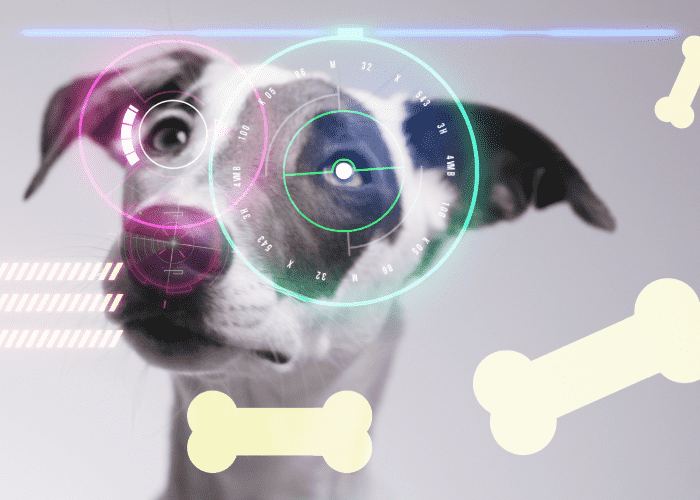

The Value of SDMA Testing in Preanaesthetic Patients
As veterinarians, we are scientists at our core, and function best when we have objective data and as much control as possible over our patient's case and treatment direction. We can improve patient outcomes with proactive preanaesthetic planning. Despite the variety of reasons for anaesthesia, the fundamental needs prior to anaesthesia are twofold: to ensure the systemic health of an animal and to understand compromises to organ systems that might lead to adjustments in care. Kidneys are considered an organ system of primary importance in anaesthesia—the earlier we can detect small changes in kidney function, the more accurately we can choose targeted, appropriate induction agents and plan to support kidney function through the procedure.
SDMA (Symmetric dimethylarginine ) has been shown to identify an earlier decline in kidney function and indicates this before other traditional kidney biomarkers. Additionally, SDMA as part of a preanaesthetic profile is a low-effort method to provide additional assessment of kidney function. Here's a look at how assessing SDMA in dogs and cats can benefit all parts of the veterinarian-client-patient relationship.
Uncover more about kidney health with the Catalyst SDMA Test. Download your guide today. >
SDMA as a Measurement of Kidney Function
SDMA is a sensitive and reliable indicator of a change and decrease in glomerular filtration rate (GFR).1 While so many of us have relied on the habitual assessment of blood urea nitrogen (BUN) and creatinine as indicators of kidney function and disease, a mild SDMA increase should be recognised as an earlier flag of kidney function decline. As GFR declines, SDMA increases with an average of 40% loss of kidney function, and as little as 25% loss, versus creatinine, which does not increase until 75% of kidney function is lost.1,2,5 Early diagnosis and intervention may improve patient prognosis and outcomes, especially when we think about the best ways to protect and preserve kidney function through the stress of anaesthesia.
How SDMA Improves My Preanaesthetic Choices
An increased SDMA level in a dog or cat comes with questions to answer: should my anaesthetic protocol be adapted to make it more kidney-friendly, do I need to alter my approach to fluid therapy, should this procedure continue today? These questions are often answered internally first, and then should be discussed with the pet owner for shared decision-making.
SDMA as a component of a pre-anaesthetic profile can improve our understanding of kidney function with minimum effort.1-5 This helps us identify risk and discuss options with the pet owner regarding next steps for that patient. Often, the next step is to continue with the procedure with perhaps small alterations made to adjust for findings. For example, if completed alongside a CBC and urinalysis with normal results, a mild SDMA increase may simply indicate the need for targeted fluid therapy in the peri-anaesthetic period, blood pressure monitoring, and a recheck in one week after the procedure.
However, other results might require a more comprehensive workup. For example, if abnormalities such as anamia, reduced urine specific gravity, or increases in white or red blood cells in the urine, are found. And a significant SDMA increase in an at-risk patient is definitely cause for further investigation—we know that recognition of early changes in SDMA can lead to the detection of other primary or concurrent diseases.19-20 This could include conditions such as acute kidney injury, pyelonephritis, glomerulonephritis, kidney stones, congenital diseases, hypertension, and hyperthyroidism.1-2, 5, 23-30, 32-38 Ultimately, kidneys showing impairment of GFR through an increased SDMA need short-acting, kidney-sparing induction agents, concurrent fluid therapy based on lab work and physical exam, and that supports blood pressure, as needed. These patients may also need additional pre-anaesthetic medications to reduce the level of gas anaesthesia needed and time of procedure.
Why SDMA Should Be Included on Every Preanaesthetic Patient Profile
One key to success with anaesthetic procedures is proactively having as much information to help make the most targeted choices for anaesthetic agents and supportive care. Because kidney function is essential to survival and to a smooth and healthy recovery, knowledge of current status is critical. Adding SDMA to your preanaesthetic lab work is a smart way to obtain earlier information about a patient's kidney function, helping guide anaesthetic choices and pet owner discussions about any further investigation.
References: https://www.thevetiverse.com/en/latest/sdma-references/



